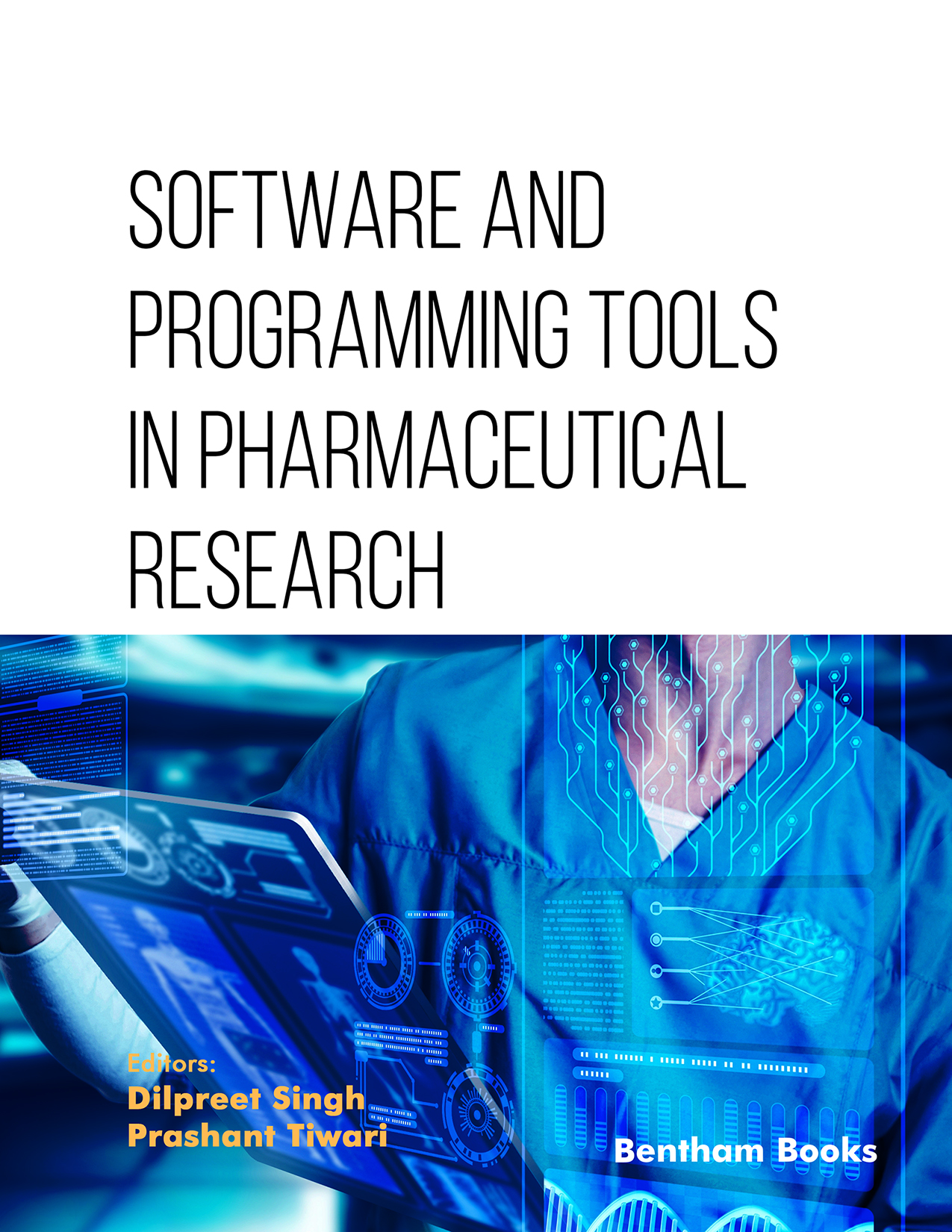Introduction
Software and Programming Tools in Pharmaceutical Research is a detailed primer on the use for computer programs in the design and development of new drugs. Chapters offer information about different programs and computational techniques in pharmacology. The book will help readers to harness computer technologies in pharmaceutical investigations. Readers will also appreciate the pivotal role that software applications and programming tools play in revolutionizing the pharmaceutical industry.
The book includes nine structured chapters, each addressing a critical aspect of pharmaceutical research and software utilization. From an introduction to pharmaceutical informatics and computational chemistry to advanced topics like molecular modeling, data mining, and high-throughput screening, this book covers a wide range of topics.
Key Features:
- - Practical Insights: Presents practical knowledge on how to effectively utilize software tools in pharmaceutical research.
- - Interdisciplinary Approach: Bridges the gap between pharmaceutical science and computer science
- - Cutting-Edge Topics: Covers the latest advancements in computational drug development, including data analysis and visualization techniques, drug repurposing, pharmacokinetic modelling and screening.
- - Recommendations for Tools: Includes informative tables for software tools
- - Referenced content: Includes scientific references for advanced readers
The book is an ideal primer for students and educators in pharmaceutical science and computational biology, providing a comprehensive foundation for this rapidly evolving field. It is also an essential resource for pharmaceutical researchers, scientists, and professionals looking to enhance their understanding of software tools and programming in drug development.
Readership
Pharmaceutical researchers, scientists, and professionals; students and educators in pharmacology and computational biology.




